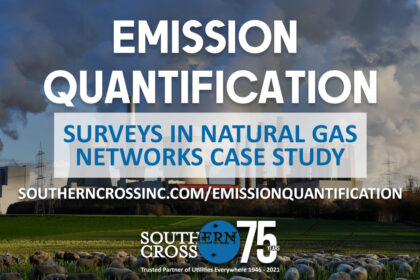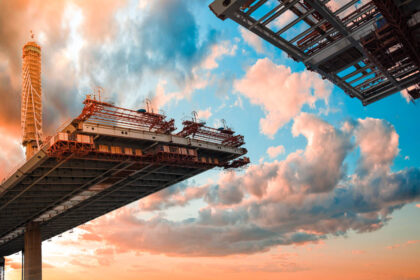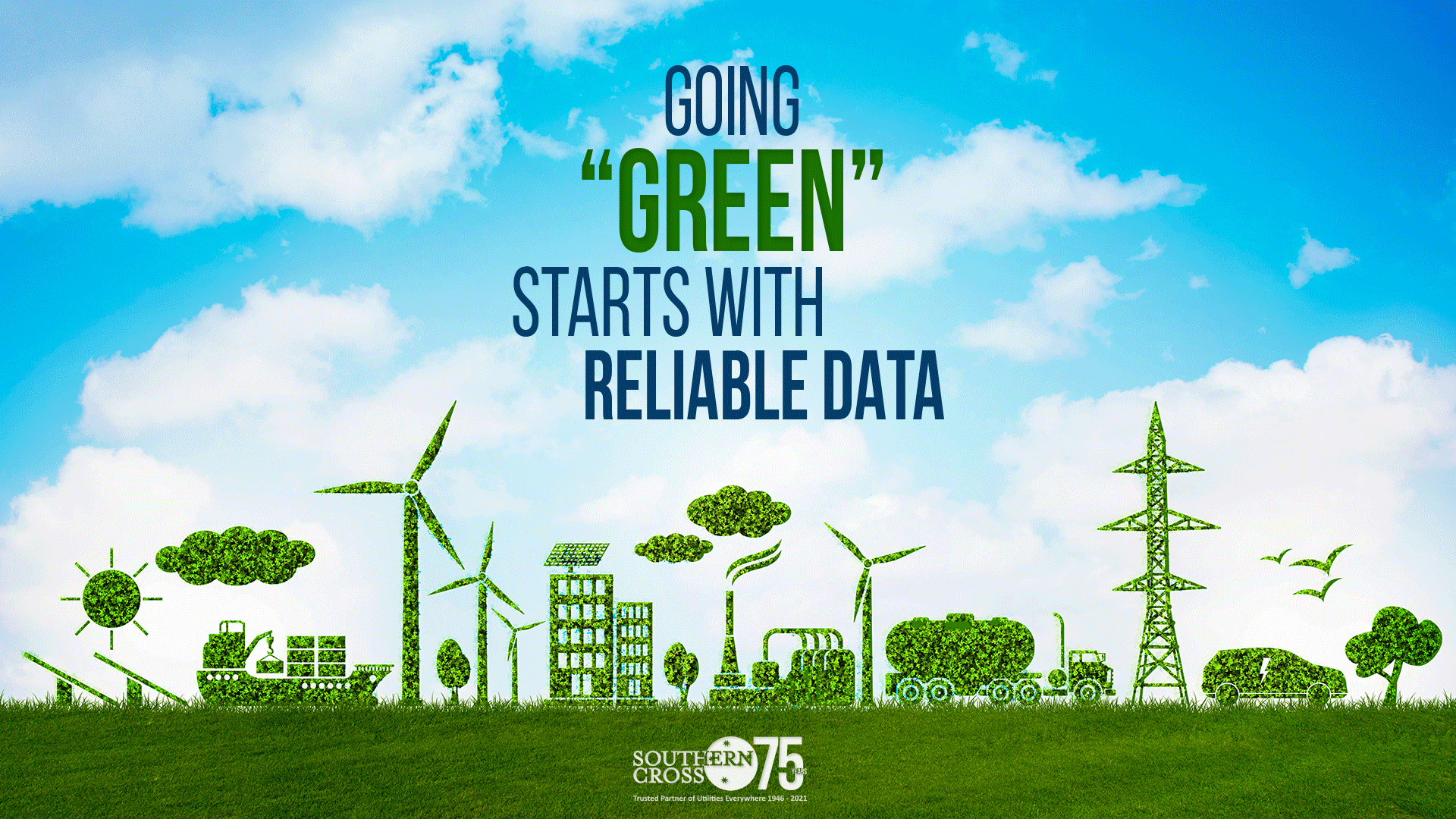
As they say: “if you cannot measure it then you cannot manage it”.
More and more customers and investors are demanding that gas utilities start playing a serious role in their methane reduction programs. Methane is the major component of natural gas – about 95% percent. It is also a greenhouse gas. (GHG). Oil, gas, and coal production are anthropogenic or human-influenced sources of emissions. Other anthropogenic sources include landfills, agricultural activities, coal mining, and other industrial processes.
There are many reasons to worry about methane emissions. Methane (CH4) is a potent greenhouse and represents about 10% percent of all anthropogenic GHG emissions. It has a relatively short lifespan in the atmosphere – about 12 years but has the potential to trap heat in the atmosphere far greater than carbon dioxide. Methane can trap over 80 times more heat in the atmosphere more immediately and intensely than carbon dioxide (CO2).
 Natural gas as such represents about 28% percent of the total methane emissions. Therefore, reducing methane emissions is the easiest way to reducing overall GHG emissions and can have a significant impact on global warming.
Natural gas as such represents about 28% percent of the total methane emissions. Therefore, reducing methane emissions is the easiest way to reducing overall GHG emissions and can have a significant impact on global warming.

Lack of suitable data and to some extent, strict enforcement of federal regulations have been a major hindrance to taking a structured approach to reducing methane emission. Emissions levels and reduction potentials are often based on sparse and conflicting data and there is a wide divergence in the estimated emissions flow rates. However, many solutions exist today to combat fugitive emissions in form of tracking and taking measures to reduce methane emissions.
With most of the globe envisioning a carbon-free planet sometime in the future, gas utilities play a key role in this vision by beginning to implement methane reduction management programs. And these programs depend on reliable data to help direct the efforts. Many of the larger utilities have already begun to implement these types of programs and are members of multiple voluntary emissions reduction industry initiatives.


With today’s technology options, it has become easier to embark on this journey. There are a host of technologies available to detect leaks and quantify emissions. No one-size-fits-all approach will work. Lower cost of sensors, data analytics, and predictive modeling software allows us an opportunity to revisit many of our older assumptions and implement cost-effective methane reduction strategies.
Below is a summary of some of the various technologies that are available today for methane detection and emissions quantification.
- Space Orbit (Satellite Imaging and Detection)
- Airborne Surveillance (Helicopters and Airplanes)
- UAV (Unmanned Aerial Vehicles - drones)
- Mobile Vehicle-Based Leak Detection and Emission Quantification Surveys
- Boots-on-the-Ground
- Fixed Cameras (Optical Gas Imaging and HD)
Using these technologies, organizations can accelerate, scale, and optimize their methane reduction programs. With these new digital tools, organizations can meet their emissions targets more quickly and efficiently.
Cost can be a serious deterrence in implementing methane reduction programs. For many gas utilities, outsourcing leak detection and emissions quantification services can prove to be quite cost-effective. This alleviates the need to purchase and maintain these sophisticated technology platforms and retain skilled personnel.
Many such outsourced solutions are available. In particular, the vehicular-based platforms (e.g., Southern Cross’ AMLD platform) mounted with highly sensitive methane/ ethane sensors and using advanced analytics is one of the fastest, cost-effective, and proven methods of identifying natural gas leaks over a large area and quantifying emissions. Used in combination with satellite or other technologies, one can obtain very useful data to assist in risk mitigation and contribute to overall methane reduction initiatives.
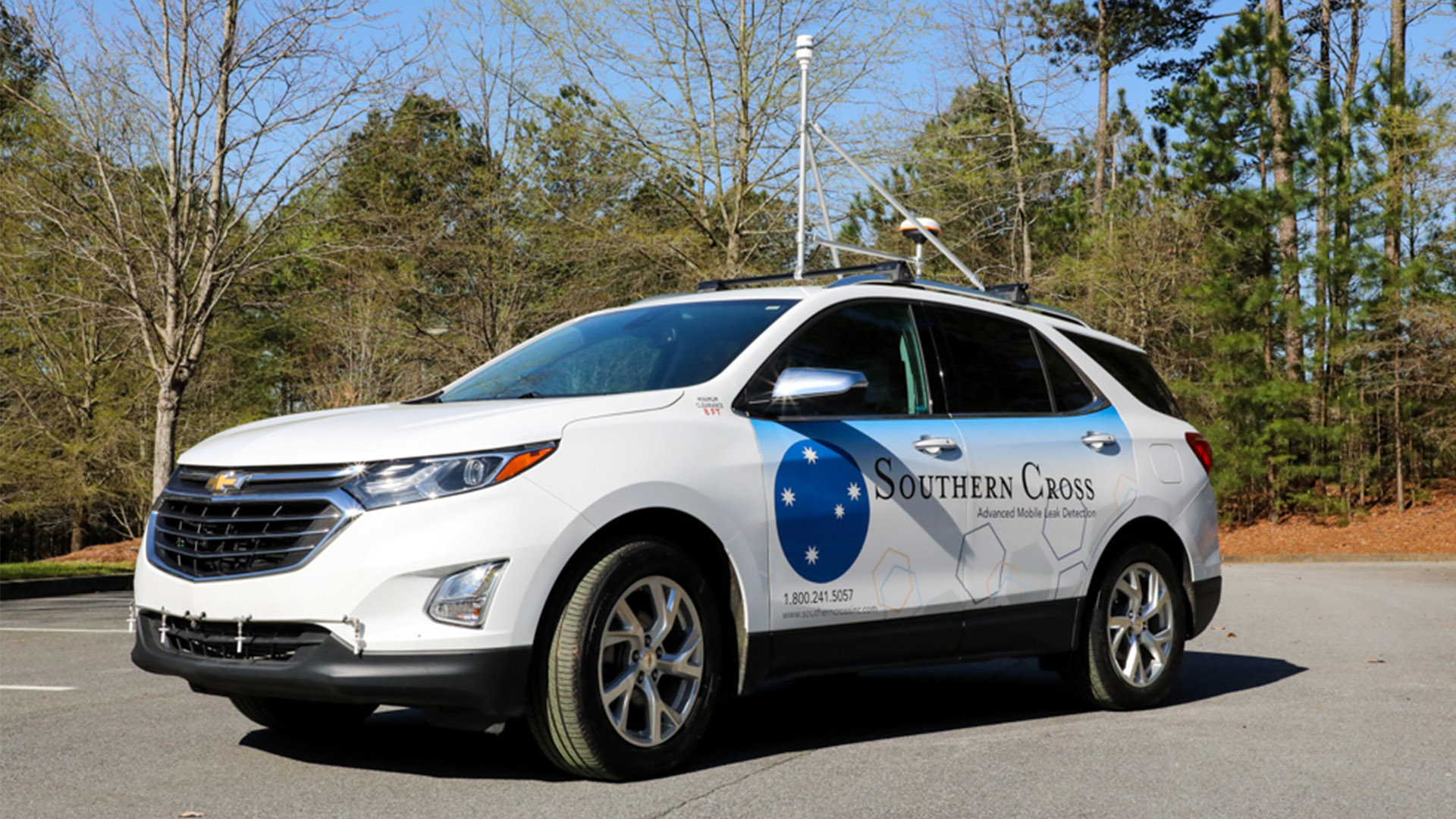
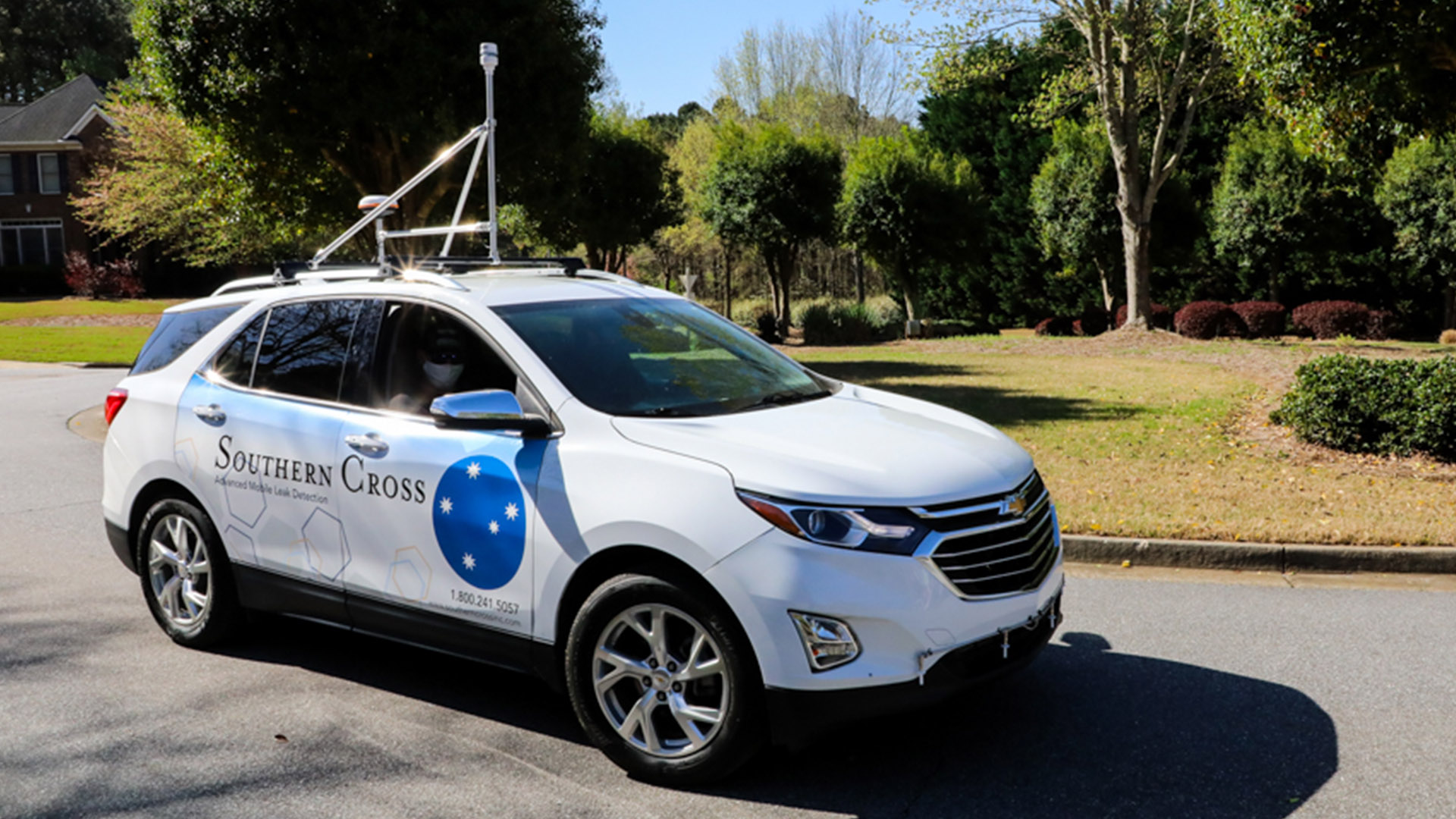
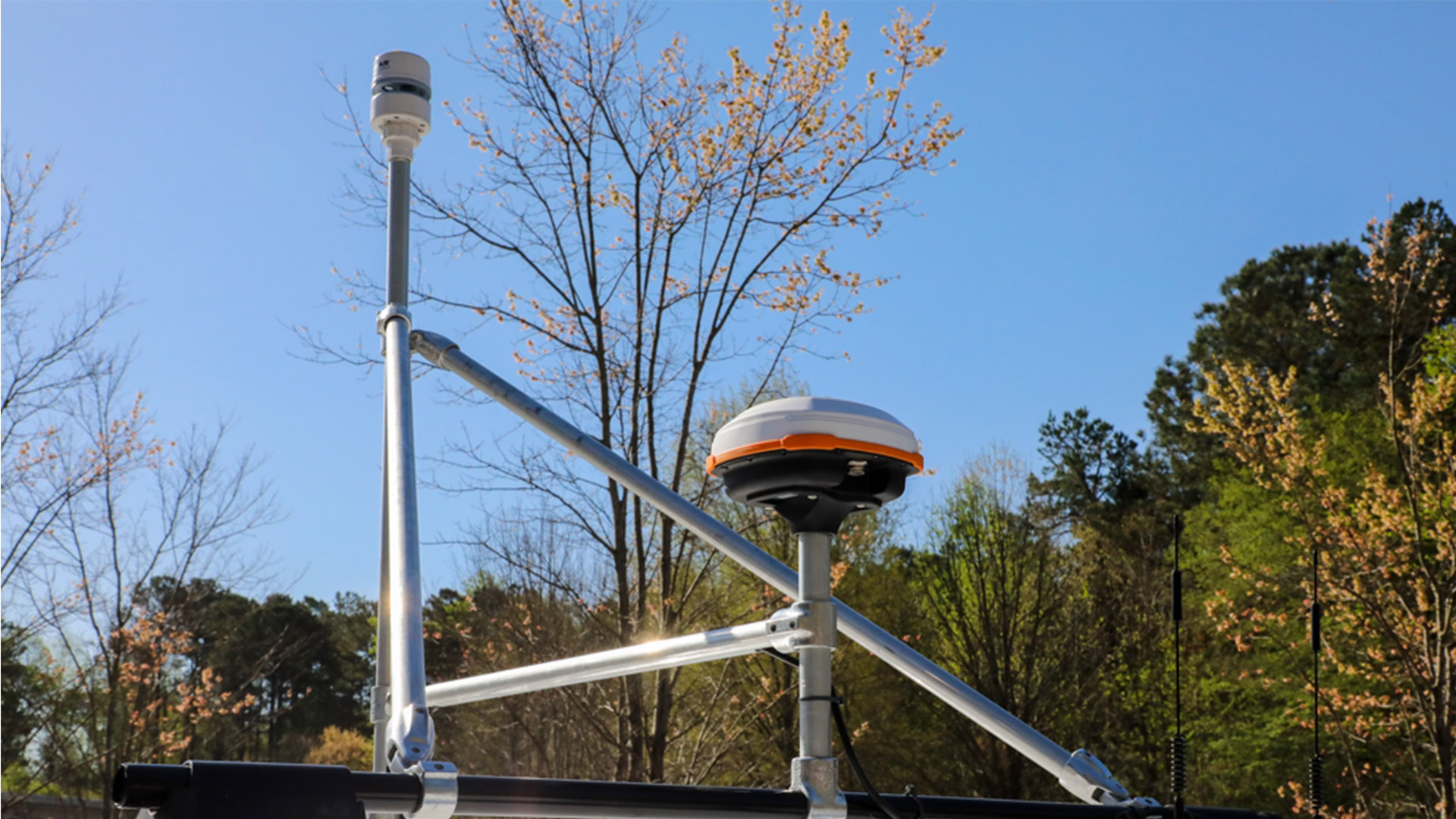
Companies like Southern Cross offer comprehensive leak detection and emissions quantification services to gas utilities today using a variety of tools including the vehicular-based AMLD platform equipped with highly sensitive sensors and other GIS and environmental measuring instruments. These types of outsourcing models can prove to be quite cost-effective for gas utilities, alleviating the need to own and maintain these platforms.
Alnoor Ebrahim | Products and Strategy
Jordan Ponizhaylo | Marketing
Emily Williams | Data Scientist




